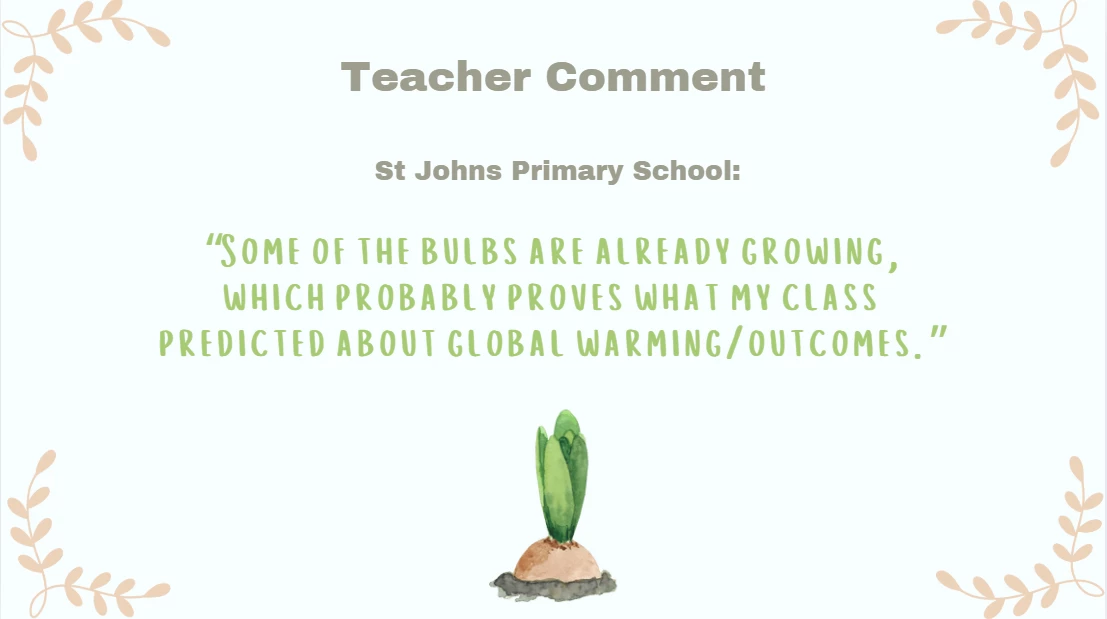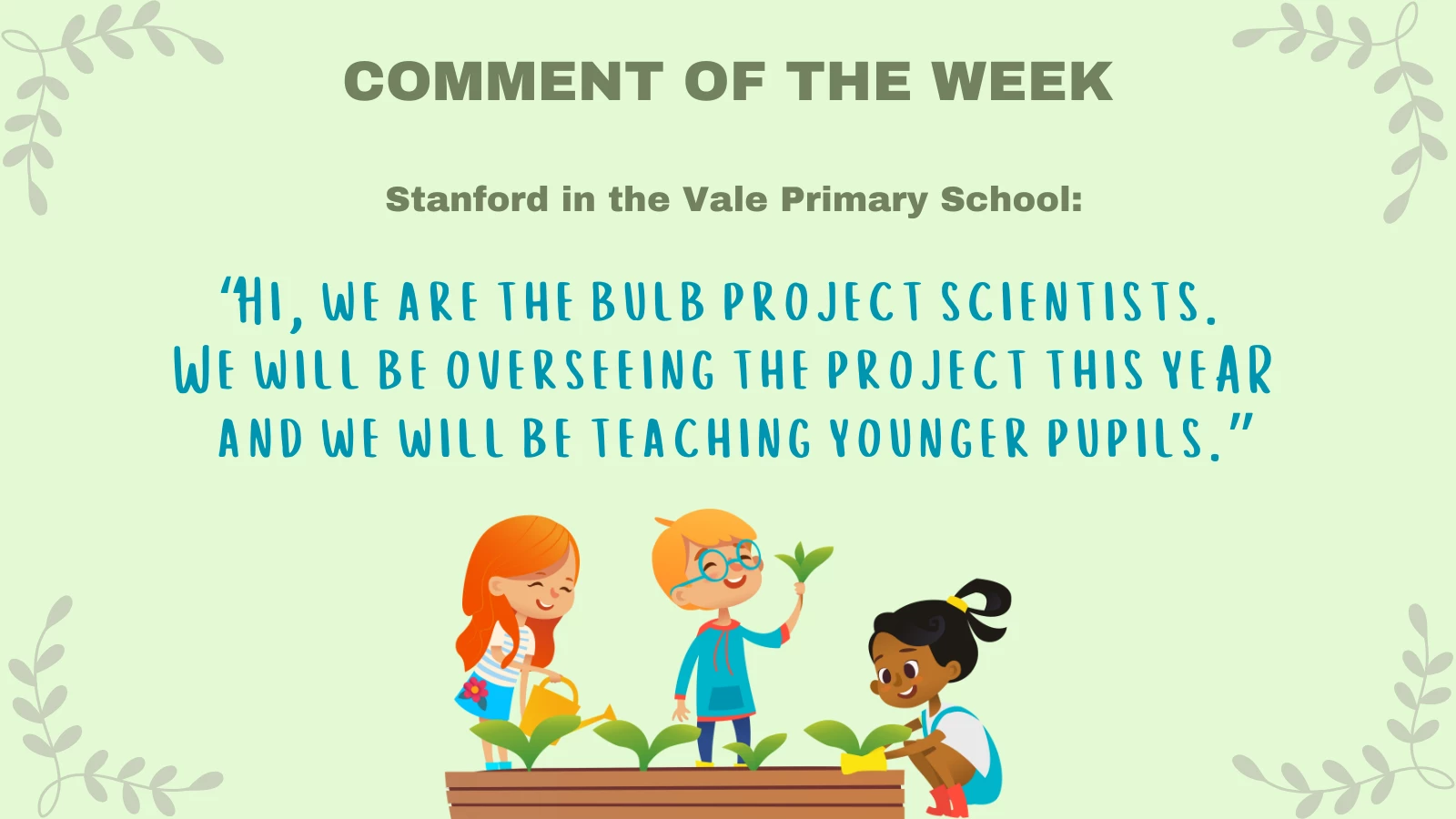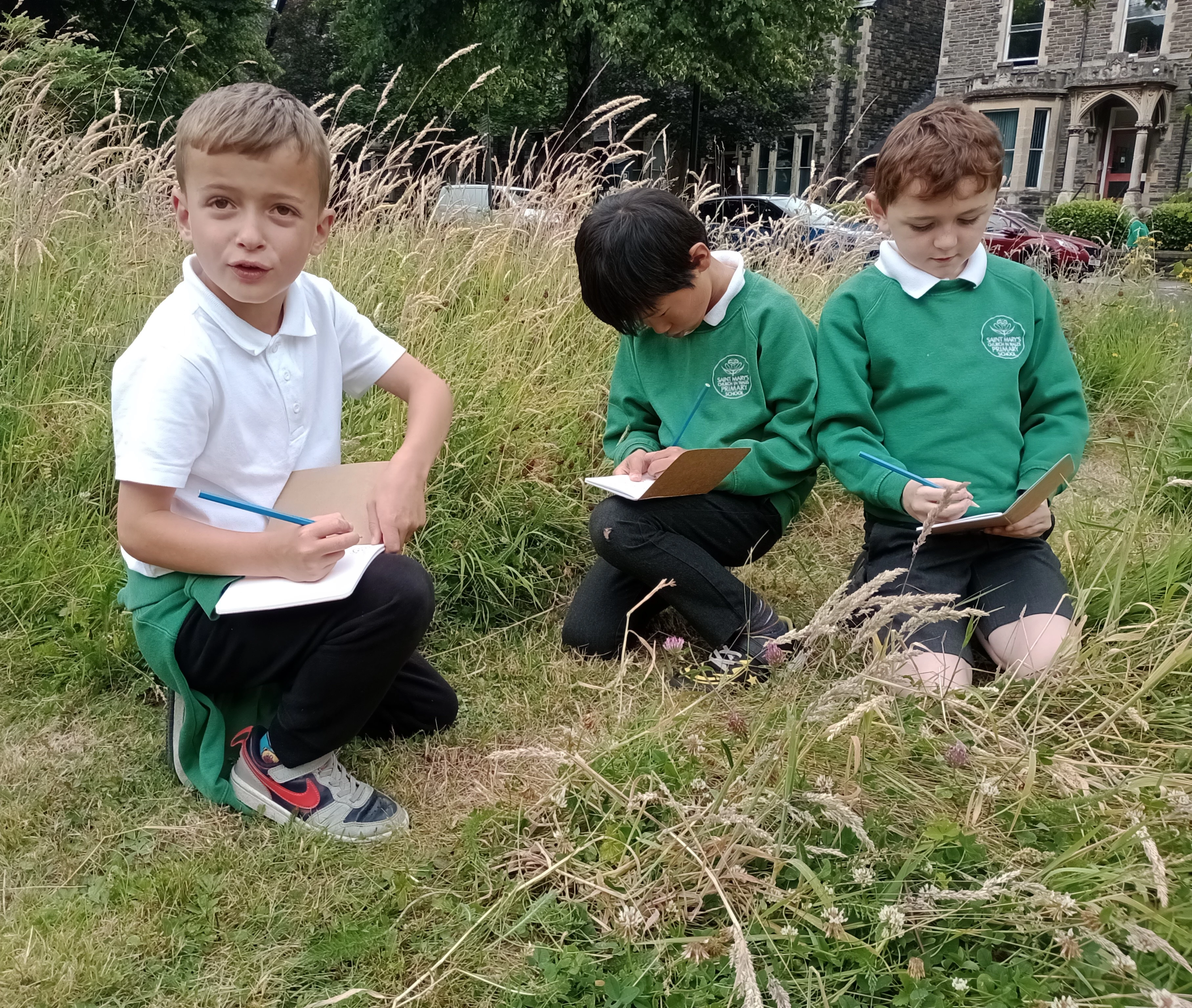Museum Voices: Siôn Davies-Rollinson – Engagement and Volunteer Co-ordinator
, 18 June 2025
Siôn Davies-Rollinson, Engagement and Volunteer Co-ordinator
Hi Siôn, tell us about yourself and your role at Amgueddfa Cymru.
I’m Siôn and I first joined Amgueddfa Cymru in 2012 as part of the Front of House team at St Fagans. For the past three years, I’ve been the Engagement & Volunteer Co-ordinator based at St Fagans. In this role, I support our volunteers and community groups to engage with Amgueddfa Cymru across a wide range of roles. One of the best aspects of my role which I really enjoy is getting to know our diverse mix of volunteers and to learn the reasons why they choose to volunteer at Amgueddfa Cymru.
Recently I have also become the Engagement & Volunteer Co-ordinator at Big Pit to help develop a volunteering programme, which is very exciting!
How many volunteers are there across the estate and what sort of things do they do?
There are over 850 volunteers involved with different programmes across Amgueddfa Cymru. At St Fagans we have over eight volunteering roles alone! Just to name a few, the garden volunteers help maintain the historical gardens on the Castle side, and our Book Project volunteers help collect and sell second-hand books in order to raise donations for Amgueddfa Cymru. Explore volunteers use our handling trolleys in the galleries, allowing our visitors to get up close to some of our collections. You may also see large groups of volunteers from community groups helping us with tasks such as fence painting, hedge cutting, and limewashing. We recently had Cardiff and Vale College students volunteering with us for the third year running. It’s really rewarding to see the students’ confidence develop through volunteering, whilst they give some of these tasks a go for the very first time.
Volunteer-led Book Project at St Fagans
We once saw old miners’ helmets from Big Pit become hanging baskets at St Fagans. They were brilliant. Are there any similar projects in the pipeline?
The miners’ helmets hanging baskets were a fun project, and the volunteers really enjoyed getting involved. The flowers also added a lot of colour to our Volunteering Hub. We’re always on the lookout for new ways to support sustainability and finding new way to reuse and recycle. One of our most recent projects was having volunteers plant over 2,000 native bluebell and snowdrop bulbs at St Fagans. Once they bloom next Spring, there’ll be a lovely trail of flowers stretching from Llys Llywelyn to Bryn Eryr. Not only will it look beautiful in early spring, but it’ll also support local pollinators like bees, which rely on early blooms for nectar and pollen when there’s little else in flower. It’s a small step that make a big difference for local biodiversity.
What’s been your favourite project to date?
Celtic-inspired garden outside Bryn Eryr, St Fagans
My favourite project that I’ve been involved in has been the Bryn Eryr Volunteers’ Garden at St Fagans. We brought a group of volunteers together to help make and maintain a Celtic-inspired garden as part of the Bryn Eryr roundhouses. The garden consists of four different beds growing a mixture of peas, beans and parsnips, various types of herbs, and one bed dedicated to different dye plants. We have also recently planted some flax seeds in the garden, so it’ll be exciting to see how they turn out. I also enjoy that the project is mainly volunteer-led and allows the volunteers to help make decisions on how to further develop the garden. We’re hoping to clear a small area in the garden in order to plant some crab apple trees for next year.
Bryn Eryr garden, St Fagans
How can people get involved with volunteering at Amgueddfa Cymru?
There are many different ways that people can get in involved with volunteering at Amgueddfa Cymru. The easiest way for people to find out about different opportunities is to visit our website. We advertise all our roles and opportunities online; here’s a link.
People can also sign up to our mailing list to get alerts about new roles as they appear. If people have any questions, they can get in contact with our Volunteering team via volunteering@museumwales.ac.uk.
And the one question we ask everyone – what’s your favourite piece in the collection?
Rhyd y Car, St Fagans
That’s a tough one! Working in Front of House, I got to spend a lot of time around the historic buildings at St Fagans, and each one has its own unique story and feel. If I had to pick, I’d say the Rhyd-y-Car Cottages. I really enjoy how each cottage goes up in a timeline and that you can see how the interiors and the adjoining gardens change. You can really tell that the visitors enjoy making their way through and experiencing each cottage. Plus, the feel of the cottages and gardens change with the season, meaning there’s always something new to notice and see.








